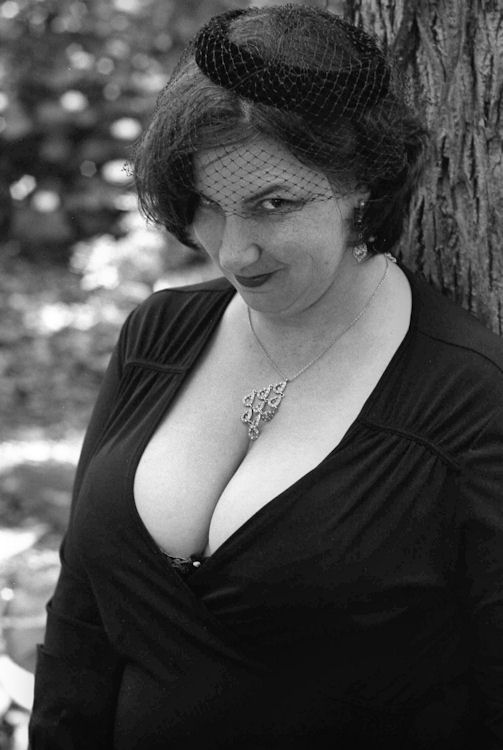"I need a pro camera so I can take better photos"
"I want to sell my (insert camera system here) and get a ____ SLR, so I can take better photos"
"Old lenses are not as good as the modern lenses"
"I need to buy a Nikon D200 because I want to do portraits and weddings, and if I use my D40, people will think I'm not a pro"
"I need to go and spend about a grand so that I have the lights, etc. I need for portraits."
and the list goes on... People looking to upgrade their equipment thinking that it will improve their photographs. Of course, the camera companies would have you believe that this endless treadmill of upgrading WILL improve your photos. All things being equal -- the Nikkormat bought in 1973 is as capable of taking great photos as the Nikon F6. Of course, the newer cameras will have features that were unheard of back then. The microcomputers running in these new cameras are fantastic -- you should never have a badly exposed image again. However... hear me out. Just because someone has the newest camera body and lenses, does not mean that their photos will be "better." Composition, subject matter, aesthetics, meaningfulness, relevancy, artistry, colors, tonal values, etc., are issues that come from the photographer, not the camera.
OK, to the heart of this post --
This entry came about when I was looking through 5 rolls of processed black and white negatives on my light table, and had scanned some of them in already and viewed them on my monitor. I wasn't in the least bit surprised that they came out so well, considering that I was using the following:

A 30-something year old Nikon FE that I bought for less than $50 on ebay, and a 40+ year old Nikon 85mm f/1.8 Nikkor lens that I bought used in 2003. The film was Agfa APX 100, developed in Rodinal, 1:25.
What was I shooting? Actually, it was whom I was shooting. My friend Kelley posed for me in my backyard for a couple of hours and I think I came away with pretty nice images. What myth did I dispel? Well, for one, the Nikon FE is getting old, as SLRs go these days, and this one is kind of beat up outside. It works well, though, and the metering is really accurate. So, it is nowhere near a "pro-looking" camera. The lens came from a sale at the UM Photoservices in 2003, as they were selling off a lot of older equipment in their transition to a digital workflow. That 85mm 1.8 lens is a wonderful portrait lens, and I snapped it up. You can see it has had so much studio use that the paint is worn off the barrel. You will also notice I have the matching lens hood. IMPORTANT. A lens hood on that lens is a great idea. Everyone should use lens hoods more often. I was shooting outdoors, so I didn't need lighting -- just some reflectors.


My shooting style for portraits is to crop in the viewfinder, so generally, my portraits fill the frame. I also like using natural light, but will use lights when I need to. Using the Nikon FE (it could be any manual focus Nikon, for that matter) with the 85mm lens is such a different experience than using my D70s. For one, the image is brighter, larger, and easier for me to see. Two, it's just shutter speed and aperture and the meter. No other things to worry about except posing and making sure all the elements you want are in the shot.
So, let's see. Can you tell if these were made with a "pro" or "amateur" camera? Of course not. If you have an image in a magazine, hanging on a wall, or in a book -- nobody will care what camera you used (if they are not some camera geek). Neither will your client - if the images meet his/her expectations. So, my advice is to shoot, shoot, shoot, and learn. You can ask all you want about what lens to buy, and so on, but you have to use them! You'll soon figure out what works for you. At some point, you will realize that your camera doesn't matter. It's your eye and experience that provide better photos, not the newest wonder from Nikon, Canon, or Pentax, etc.
Oh, one last comment about the "pro" thing. How you conduct yourself, how you deal with the assignment, and the results you deliver will have far more bearing on how people perceive you than what camera you have in your hand.



